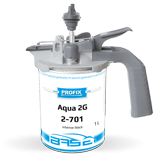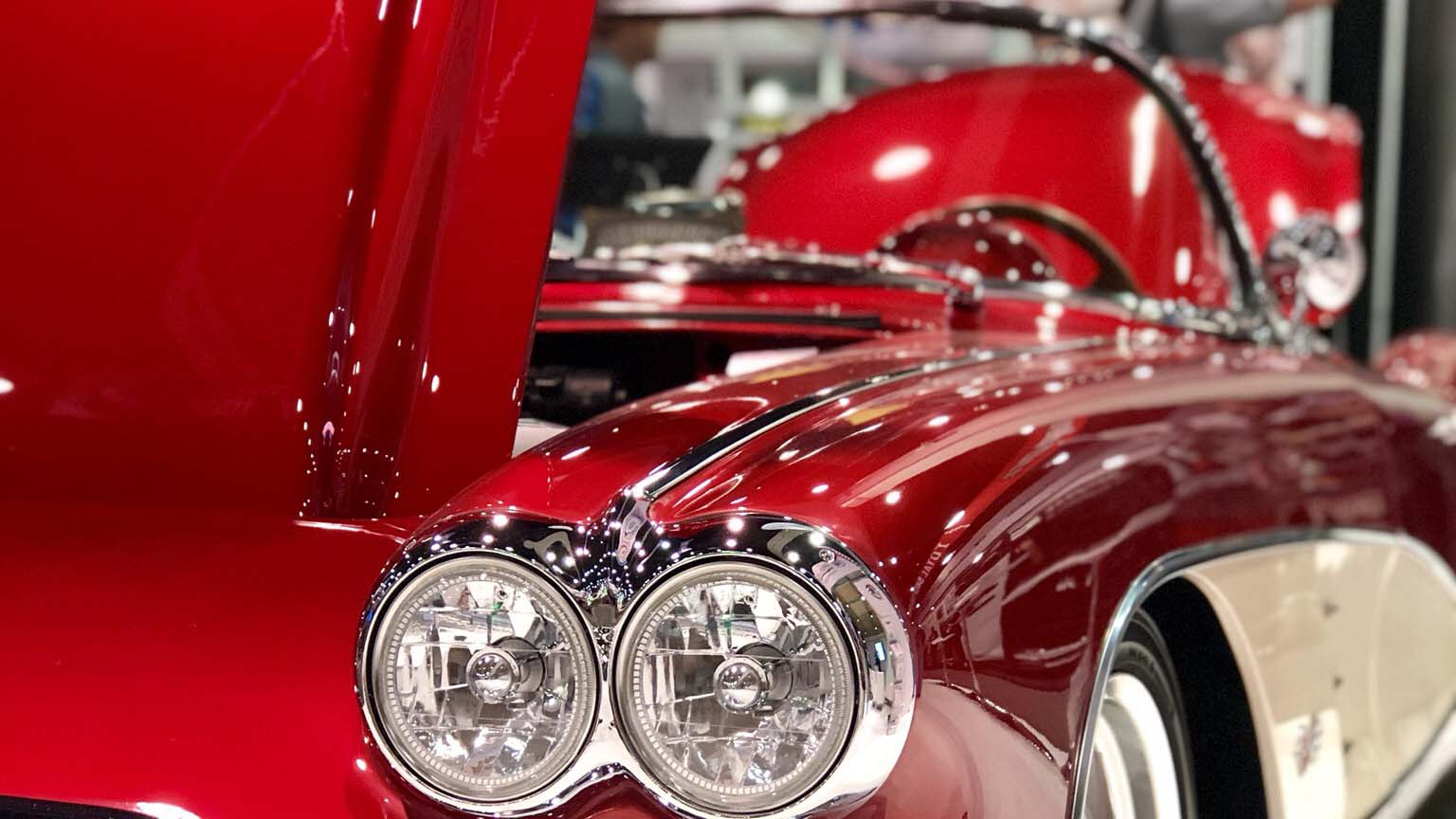Recently added
Related products
Most read
Why use the water-soluble lacquers, when the conventional ones are available?
Learning from Mother Nature
Learning from Mother Nature
Mother Nature is the most innovative discoverer. Over the millions of years, it has created the most beautiful colors that can be seen at any time of the year. In addition to beautiful appearance, Nature does not forget about the need to protect plants. One of the solutions we can see in a plant, which is a symbol of purity. Its Latin name is Nelumbo Adans . Biologists, studying the structure of the lotus leaf, have discovered a natural self-cleaning mechanism. The microscopic structure of the leaf surface and its chemical composition make so that the leaves do not close for external factors. Water droplets roll over the surface of the leaf (reminding liquid mercury), collecting pollutants (mud particles, small animals). This phenomenon is known as lotus effect.
The car industry is driven by new technology, ideas, colors and innovations. Research and development teams are responsible for monitoring and selecting concepts like this particular one, which reminds Formula 1 race, where the goal is to chase out competition. The effect (hydrophobicity), that is the ability to repel water molecules slowly starts to knock on the doors of our cars. Stake in the race is huge. Total number of cars washed annually reaches 2,3 billion cars in over 113.000 car washes. Remember the lotus effect? Now imagine a car with such self-cleaning coating…
The effect of the lotus flower has become fuel and inspiration in this race, because does not everyone want a car that always looks (almost) perfectly fine? How many times do we have no time or just a bit of strong will to drive to nearby car wash.
Why water droplets wet the glass surface and does not wet lotus leaf?
Basically, water forms droplets because water molecules really “like” each other. They would rather surround themselves with other water molecules rather than touch air or some other surface. The droplet shape is the best way to have the most water in contact. The sphere shape is the shape that has the minimum surface area for a given volume. At this point it is worth mentioning two key words - wetting and contact angle. These two parameters significantly affect whether a given surface will have water droplets, or will be so "slippery" that it will remain dry. The greater the contact angle is, the cleaner is the surface. In turn, the smaller the angle, surface becomes susceptible for wetting . From molecular perspective by even distribution of electrons, hydrophobic molecules are nonpolar and they pull by chemical attraction other nonpolar molecules. In turn, the water molecules are polar and, in a nutshell, it is a dead-end relationship between them. Thus, a hydrophobic coating is a layer of nonpolar particles characterized by small contact angle that repel water, liquids and dirt.
What’s at the end of this crossy road ? Hydrophobic and superhydrophobic (effect on steroids) coatings have already found use in production of a ship hulls. They help to reduce fluid resistance, which is important factor in face of building bigger and bigger ships. Fluid resistance is also crucial in submarines, where reducing the resistance caused by water increases mobile potential. They can also reduce corrosion and reduce the icing on the moving body parts, and that on every place in a world plays a meaningful role in exploitation.
Get the dirt off
Car owners are concerned about keeping the car clean with low effort. Everyone expects his car to look as if it had just been cleaned. The first swallow signaling significant changes in the properties of lacquers used in cars was observed in 2014. The "invisible wiper" effect based on nanotechnology has been developed and demonstrated by Nissan. The coating allows you to put the sponge and the wiper aside. During the test drive Nissan Note, covered with the mentioned coating, with great efficiency got rid of dirt from the car body. The presented clip from the tour was of course a promotional character. After seeing the test, questions about shell durability, maintenance methods and resistance to mechanical damage are multiplying.
Nothing’s Perfect
Unfortunately, presented at this time by Imperial College London and Dalian University of Technology in China research shows that the greatest disadvantage of such coatings is precisely their susceptibility to mechanical damage. The coating in the present solutions is applied last, protects the paintwork while being susceptible to long-lasting and unfavorable weather conditions and scratches.
Concept conveys imagination like Ferrari Enzo. The possibilities are almost endless, which is the driving force for further research and experiments, so it is impatient to expect more and more modern products and technologies such as this in the automotive industry.
What’s the move
Current hydrophobic coatings are not popular because of their price and most importantly their durability. We have proven solutions on the market much cheaper and what is important - possible to apply on existing coatings. By applying wax to the surface of our car's paint we get a less spectacular effect, but significantly affecting the car's cleanliness. Waxes based on nanotechnology makes a slippery slope for every drop, and as a result, dirt does not adhere significantly. I suggest to protect the coating with polishing wax (eg Profax WAX) on freshly cleaned car. The product gives the coating the properties written above, and at the same time it allows to extract the clear color of the lacquer.










